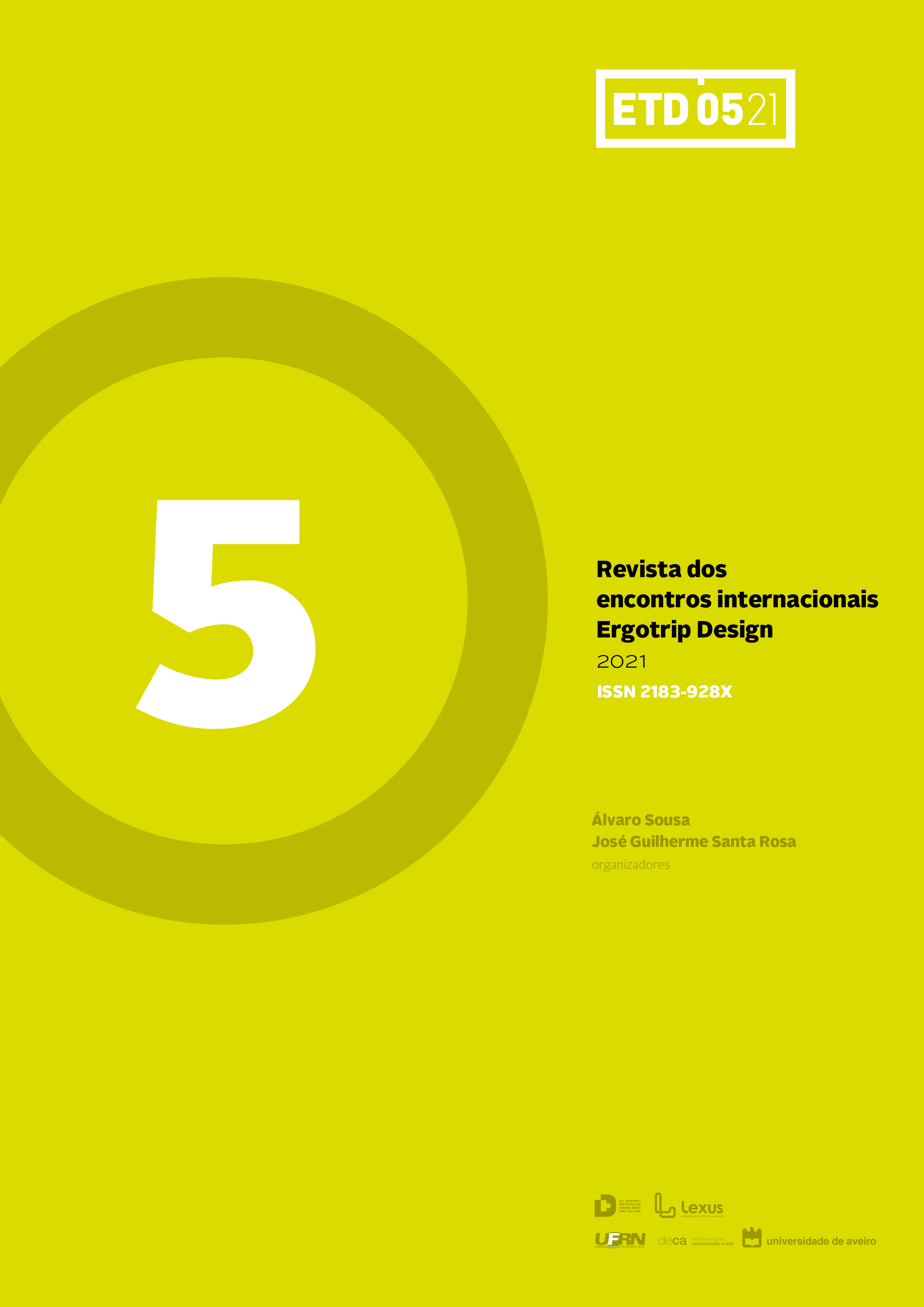O Método Cognitive Walkthrough na Avaliação de Interfaces: um estudo de caso sobre o site Mapa do Coronavírus
Resumo
Os tempos de Pandemia COVID-19 trouxeram à sociedade a realidade do isolamento social e uma gama de dificuldades de comunicação e interação, além de patologias físicas e mentais decorrentes dele. Nesse sentido, as novas tecnologias são fundamentais para viabilizar informação de qualidade e socialização e a usabilidade de sistemas digitais têm se tornado uma aspecto imprescindível para a qualidade de vida dos indivíduos. Mas como identificar problemas de usabilidade em interfaces já que o isolamento social tem dificultado, também, a pesquisa com usuários? Neste trabalho, o método Percurso Cognitivo foi aplicado para avaliação da interface do site Mapa do Coronavírus. Como resultado, foram propostas sugestões que venham a contribuir para a usabilidade do site. Verificou-se, também, que o método se apresentou como alternativa adequada para a avaliação de interfaces em situações nas quais não é possível realizar testes com usuários.
Referências
BADRE, A. N. (2002). Shaping web usability: interaction Design in Context. Indianapolis: Pearson.
BURDICK, D. C. & KWON, S. (2004). Gerotechnology: research and practice in technology and aging. New York: Springer.
G1. Mapa do Coronavírus. Disponível em: https://especiais.g1.globo.com/bemestar/coronavirus/mapa-coronavirus/#/. Acesso: 03 set. 2020.
JORDAN, P. W. (1998). An Introduction to Usability. London: Taylor & Francis.
KUNIAVSKY, M. (2003). Observing the user experience: a pracitionare's guide to user research.
São Francisco: Morgan Kaufmann.
MOLICH, R. & NIELSEN, J. (1990). Improving a human-computer dialogue: what designers know about traditional interface design. Communications of the ACM 33, 338-348.
NORMAN, D. (2006). O Design do dia-a-dia. Rio de Janeiro: Rocco.
POLSON, P. G., LEWIS, C., RIEMAN, J., & WHARTON, C. (1992). Cognitive walkthroughs: a method
for theory-based evaluation of user interfaces. International Journal of Man-Machine Studies, 36(5), 741–773. doi:10.1016/0020-7373(92)90039-n.
REICH, Y. (2020). The coronavirus pandemic: How can design help?. Research in Engineering Design, 31, 141–142. https://doi.org/10.1007/s00163-020-00337-6.
RIEMAN, J.; FRANZKE, M.; REDMILES, D. (1995). Usability Evaluation with the Cognitive Walkthrough. ACM CHI'95 Proceedings.
ROGERS, W. A., FISK, A. D., MEAD, S. E., WALKER, N., & CABRERA, E. F. (1996). Training older adults to use automatic teller machines. Human Factors, 38, 425-433. https://doi.org/10.1518/001872096778701935.
SANTA ROSA, J.G. MORAES, A. (2012). Design Participativo: técnicas de inclusão de usuários no processo de ergodesign de interfaces. Rio de Janeiro: Rio Books.
SANTA ROSA, J.G.; PEREIRA JUNIOR, A.; LAMEIRA, C. (2016). Neurodesign: o cérebro e a máquina. Rio de Janeiro: Rio Books.
STERNBERG, R. J. (2000). Psicologia Cognitiva. Porto Alegre: Artmed.
TRAVIS, D. (2003). E-Commerce usability: tools and techniques to perfect the on-line experience. London: Taylor & Francis.
Direitos de Autor (c) 2021 Revista dos encontros internacionais Ergotrip Design

Este trabalho está licenciado com uma Licença Creative Commons - Atribuição 4.0 Internacional.





